Why Are We Always Repairing This Valve?
I just had my boss read me the riot act – again. I exceeded my valve maintenance budget for the year—with three months to go. She certainly won’t buy into the fact that I did not get the budget that I asked to have. It’s up to me to determine how to lower our costs to meet the budget.
So I start to look at the bad actors. Sure enough, there are a handful of valves that stand head and shoulders above the rest … all of them are control valves. By keeping these valves running properly, our efficiencies are up. But instead of getting a pat on the back for improving output, I get a slap on the wrist for wrecking a budget. What can I do?

One thing that you can do is to take a look at how the control valve is sized. Trending data is excellent for determining the actual operational conditions; compare this data to the information given in the valve specification. Control valves are designed with these factors in mind:
- Fluid type
- Upstream pressure
- Downstream pressure
- Flow Rate
- Temperature
For proprietary fluids, we need to know information concerning the density and vapor pressure of the upstream fluid if it is a liquid, or the molecular weight and other factors if it is a gas.
Next, we need to understand where the control valve should be operating.
- Less than 10% open – avoid since the valve will quickly wear;
- Plan to keep the range of operation between 20% and 80% open;
- Try to keep the “normal” control range between 40% and 60% open;
- Greater than 90% open – avoid since the valve will tend to wash out (erode from constant water flow).
If we have trending information on the valve, we can quickly see if they are operating in the proper operating range. If not, give the valve manufacturer the operational conditions and ask them to tell you where the valve is operating.
Always keep in mind is that the valve trim size is determined by the maximum flow condition. The unintended consequence is often that control valve becomes oversized for the application.
The bottom line is that an oversized control valve is more expensive to install, has more expensive parts to replace, and wears out more quickly.
The HI-100™ is a low-cost valve with robust features designed for long service life. Using this control valve will help you keep your maintenance budget in line.

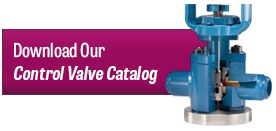




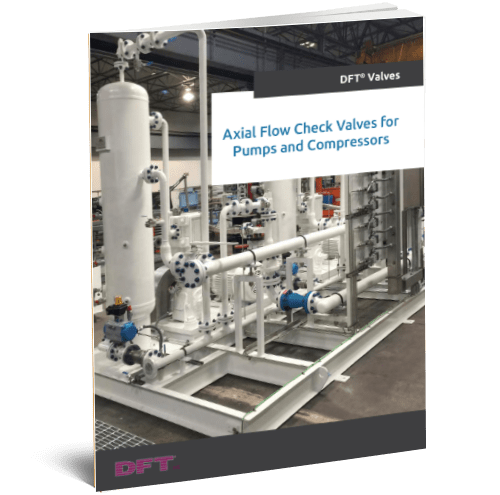
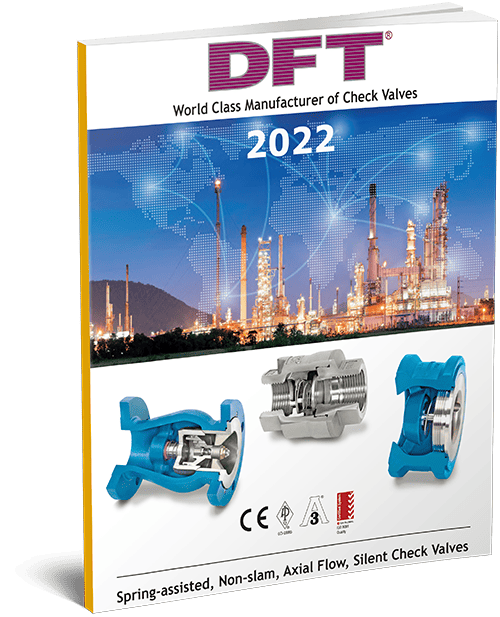
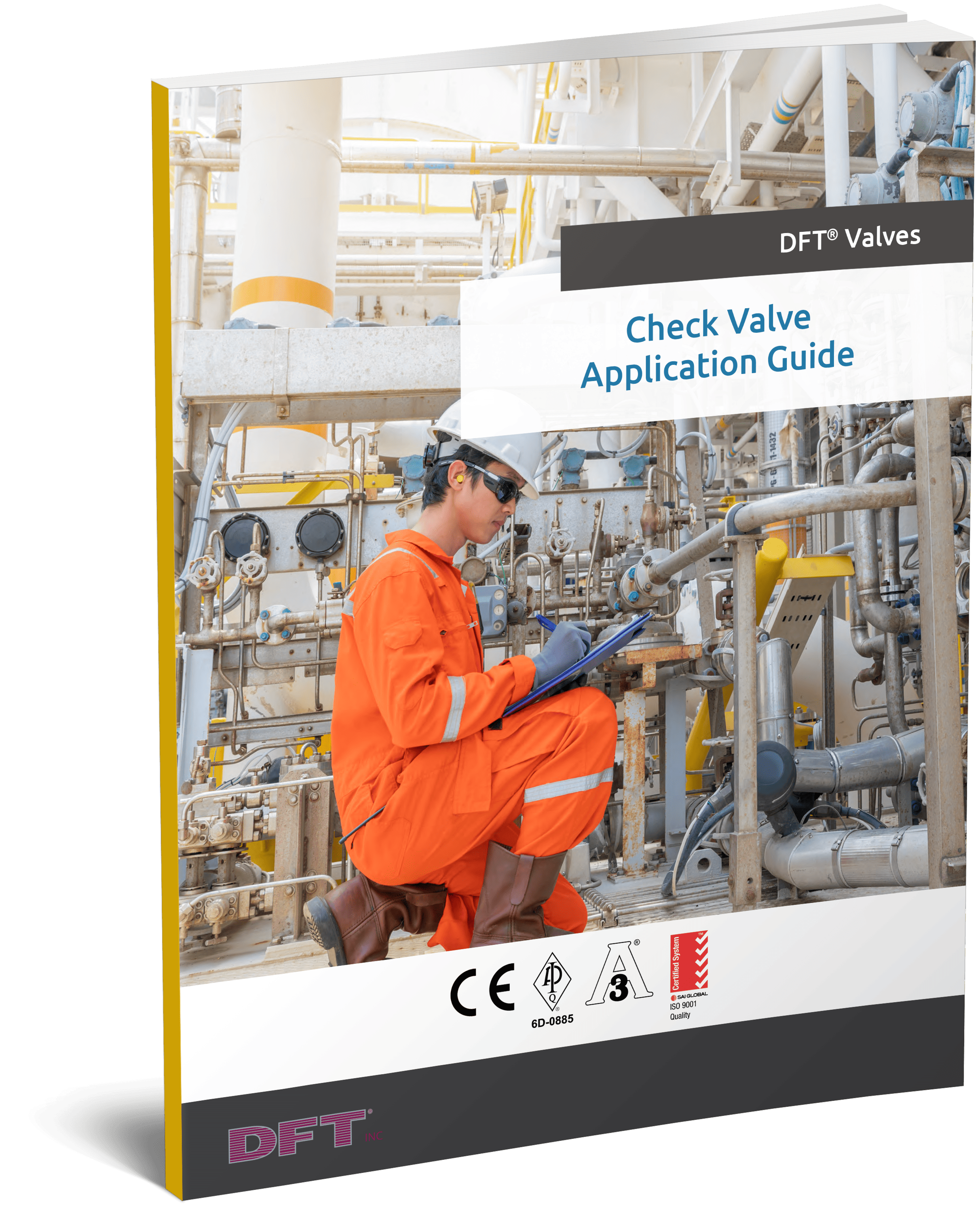

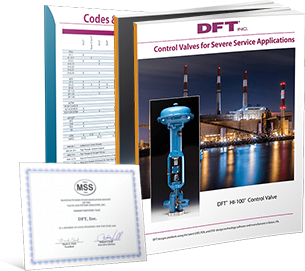
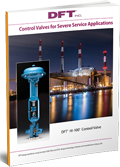
Comments are closed